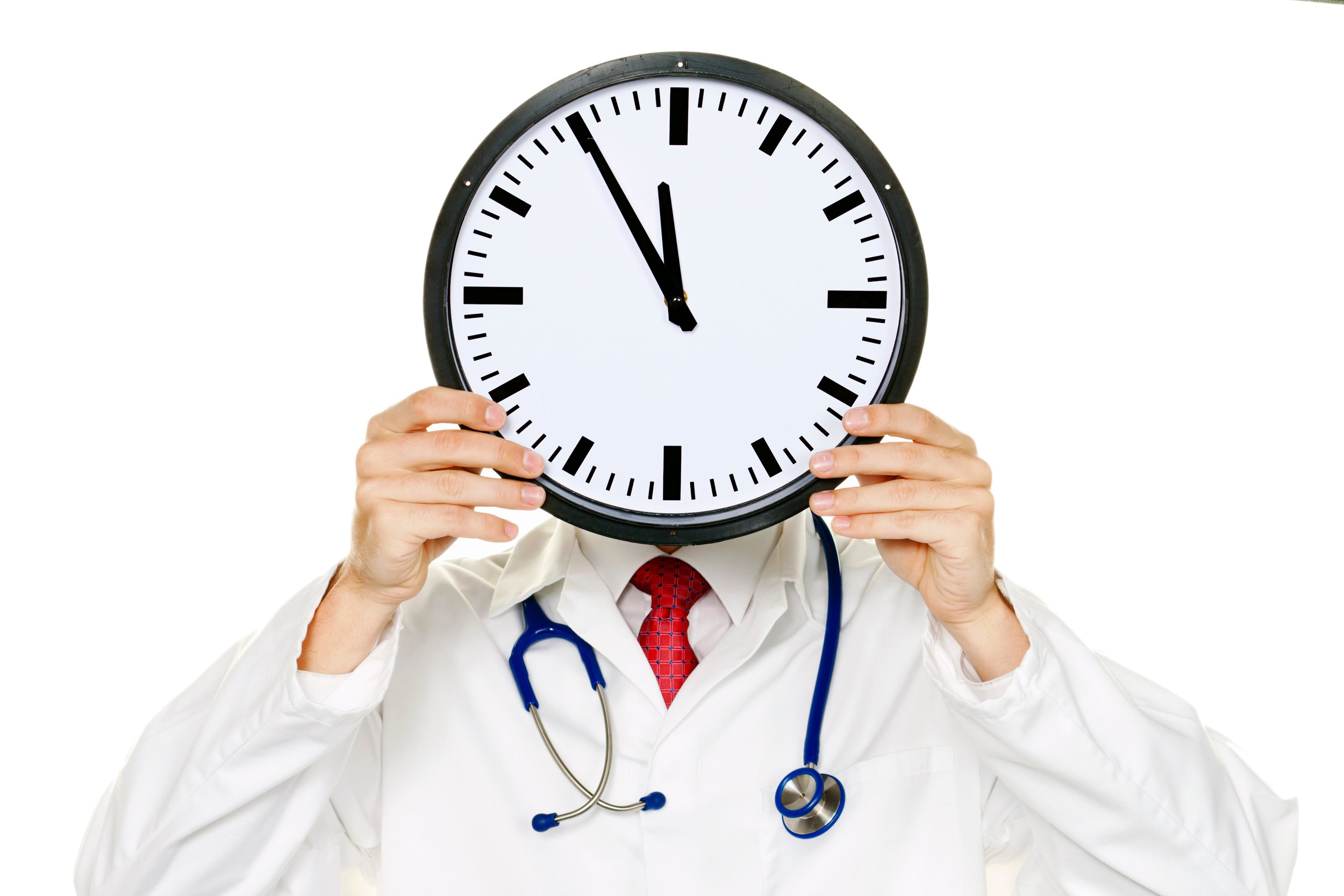Smartphones, superglue, electric cars, video chat. When does the wonder of a new technology wear off? When you get so used to its presence that you don’t think of it anymore? When something newer and better comes along? When you forget how things were before?
Whatever the answer, the gene-editing technology CRISPR has not reached that point yet. Ten years after Jennifer Doudna and Emmanuelle Charpentier first introduced their discovery of CRISPR, it has remained at the center of ambitious scientific projects and complicated ethical discussions. It continues to create new avenues for exploration and reinvigorate old studies. Biochemists use it, and so do other scientists: entomologists, cardiologists, oncologists, zoologists, botanists.
For these researchers, some of the wonder is still there. But the excitement of total novelty has been replaced by open possibilities and ongoing projects. Here are a few of them.
BOTANY: The Tomato Queen
Cathie Martin, a botanist at the John Innes Centre in Norwich, England, and Charles Xavier, founder of the X-Men superhero team: They both love mutants.
But while Professor X has an affinity for superpowered human mutants, Dr. Martin is partial to the red and juicy type. “We always craved mutants, because that allowed us to understand functionality,” Dr. Martin said of her research, which focuses on plant genomes in the hopes of finding ways to make foods — especially tomatoes in her case — healthier, more robust and longer lasting.
When CRISPR-Cas9 came along, one of Dr. Martin’s colleagues offered to make her a mutant tomato as a gift. She was somewhat skeptical, but, she told him, “I would quite like a tomato that produces no chlorogenic acid,” a substance thought to have health benefits; tomatoes without it had not been found before. Dr. Martin wanted to remove what she believed was the key gene sequence and see what happened. Soon a tomato without chlorogenic acid was in her lab.
Instead of looking for mutants, it was now possible to create them. “Getting those mutants, it was so efficient, and it was so wonderful, because it gave us confirmation of all these hypotheses we had,” Dr. Martin said.
Most recently, researchers at Dr. Martin’s lab used CRISPR to create a tomato plant that can accumulate vitamin D when exposed to sunlight. Just one gram of the leaves contained 60 times the recommended daily value for adults.
Dr. Martin explained that CRISPR could be used across a broad spectrum of food modifications. It could potentially remove allergens from nuts and create plants that use water more efficiently.
“I don’t claim that what we did with vitamin D will solve any food insecurity problems,” Dr. Martin said, “but it’s just a good example. People like to have something that they can hang on to, and this is there. It’s not a promise.”
INFECTIOUS DISEASE: Bringing Testing to Remote Parts of Africa
Christian Happi, a biologist who directs the African Centre of Excellence for Genomics of Infectious Diseases in Nigeria, has spent his career developing methods to detect and contain the spread of infectious diseases that spread to humans from animals. Many of the existing ways to do so are costly and inaccurate.
For instance, in order to perform a polymerase chain reaction, or PCR, test, you need “to go extract RNA, have a machine that’s $60,000 and hire someone who is specially trained,” Dr. Happi said. It’s both costly and logistically implausible to take this kind of testing to most remote villages.
Recently, Dr. Happi and his collaborators used CRISPR-Cas13a technology (a close relative of CRISPR-Cas9) to detect diseases in the body by targeting genetic sequences associated with pathogens. They were able to sequence the SARS-CoV-2 virus within a couple of weeks of the pandemic arriving in Nigeria and develop a test that required no on-site equipment or trained technicians — just a tube for spit.
“If you’re talking about the future of pandemic preparedness, that’s what you’re talking about,” Dr. Happi said. “I’d want my grandmother to use this in her village.”
The CRISPR-based diagnostic test functions well in the heat, is quite easy to use and costs one-tenth of a standard PCR test. Still, Dr. Happi’s lab is continually assessing the accuracy of the technology and trying to persuade leaders in the African public health systems to embrace it.
He called their proposal one that “is cheaper, faster, that doesn’t require equipment and can be pushed into the remotest corners of the continent. This would allow Africa to occupy what I call its natural space.”
HEREDITARY ILLNESS: Searching for a Cure for Sickle Cell Disease
In the beginning there was zinc finger nuclease.
That was the gene-editing tool that Gang Bao, a biochemical engineer at Rice University, first used to try to treat sickle cell disease, an inherited disorder marked by misshapen red blood cells. It took Dr. Bao’s lab more than two years of development, and then zinc finger nuclease would successfully cut the sickle cell sequence only around 10 percent of the time.
Another technique took another two years and was only slightly more effective. And then, in 2013, soon after CRISPR was used to successfully edit genes in living cells, Dr. Bao’s team changed tack again.
“From the beginning to having some initial results, CRISPR took us like a month,” Dr. Bao said. The method successfully cut the target sequence around 60 percent of the time. It was easier to make and more effective. “It was just amazing,” he said.
The next challenge was to determine the side effects of the process. That is, how did CRISPR affect genes that weren’t being purposefully targeted? After a series of experiments in animals, Dr. Bao was convinced that the method would work for humans. In 2020 the Food and Drug Administration approved a clinical trial, led by Dr. Matthew Porteus and his lab at Stanford University, that is ongoing. And there is also hope that with CRISPR’s versatility, it might be used to treat other hereditary diseases. At the same time, other treatments that have not relied on gene editing have had success for sickle cell.
Dr. Bao and his lab are still trying to determine all the secondary and tertiary effects of using CRISPR. But Dr. Bao is optimistic that a safe and effective gene-editing treatment for sickle cell will be available soon. How soon? “I think another three to five years,” he said, smiling.
CARDIOLOGY: Looking Into the Secrets of the Heart
It is hard to change someone’s heart. And that’s not just because we are often stubborn and stuck in our ways. The heart generates new cells at a much slower rate than many other organs. Treatments that are effective in other parts of the human anatomy are much more challenging with the heart.
It is also hard to know what is in someone’s heart. Even when you sequence an entire genome, there are often a number of segments that remain mysterious to scientists and doctors (called variants of uncertain significance). A patient might have a heart condition, but there’s no way to tie it definitively back to their genes. “You are stuck,” said Dr. Joseph Wu, director of the Stanford Cardiovascular Institute. “So traditionally we would just wait and tell the patient we don’t know what’s going on.”
But over the past couple of years, Dr. Wu has been using CRISPR to see what kind of effects the presence and absence of these befuddling sequences have on heart cells, simulated in his lab with induced pluripotent stem cells generated from the blood. By cutting out particular genes and observing the effects, Dr. Wu and his collaborators have been able to draw links between the DNA of individual patients and heart disease.
It will be a long time before these diseases can be treated with CRISPR, but diagnosis is a first step. “I think this is going to have a big impact in terms of personalized medicine,” said Dr. Wu, who mentioned that he found at least three variants of uncertain significance when he got his own genome sequenced. “What do these variants mean for me?”
BIOTECHNOLOGY: Reinventing Cereal
Sorghum is used in bread, alcohol and cereal all over the world. But it hasn’t been commercially engineered to the same degree as wheat or corn, and, when processed, it often isn’t as tasty.
Karen Massel, a biotechnologist at the University of Queensland in Australia, saw quite a bit of room for improvement when she first started studying the plant in 2015. And because millions of people eat sorghum worldwide, “if you make a small change you can have a huge impact,” she said.
She and her colleagues have used CRISPR to try to make sorghum frost tolerant, to make it heat tolerant, to lengthen its growth period, to change its root structure — “we use gene editing across the board,” she said.
Not only could this lead to more delicious and healthier cereal, but it could also make the plants more resistant to the changing climate, she said. But it is still no small task to accurately edit the genomes of crops with CRISPR.
“Half the genes that we knock out, we just have no idea what they do,” Dr. Massel said. “The second we try to get in there and play God, we realize we’re a bit out of our depth.” But, using CRISPR combined with more traditional breeding techniques, Dr. Massel is optimistic, despite being a self-described pessimist. And she hopes that further advances will lead to commercializing gene-edited foods, making them more accessible and more acceptable.
ONCOLOGY: A New Treatment for Cancers
Dr. Ed Stadtmauer, a hematologist-oncologist at Penn Medicine. “Even though it’s really sort of science fiction-y biochemistry and science, the reality is that the field has moved tremendously,” he said.Credit...Hannah Yoon for The New York Times
In 2012, a 6-year-old girl was suffering from acute lymphoblastic leukemia. Chemotherapy had been unsuccessful, and the case was too advanced for a bone-marrow transplant. There didn’t seem to be any other options, and the girl’s physicians told her parents to go back home.
Instead, they went to the Children’s Hospital of Philadelphia, where doctors used an experimental treatment called chimeric antigen receptor (CAR) T-cell therapy to turn the girl’s white blood cells against the cancer. Ten years later, the girl is cancer free.
Since then, Dr. Carl June, a medical professor at the University of Pennsylvania who helped develop CAR T-cell therapy, and his collaborators, including Dr. Ed Stadtmauer, a hematologist-oncologist at Penn Medicine, have been working to improve it. That includes using CRISPR, which is the simplest and most accurate tool to edit T-cells outside the body. Dr. Stadtmauer, who specializes in dealing with various types of blood and lymph system cancers, said that “the last decade or so has just seen a revolution of treatment of these diseases; it’s been rewarding and exciting.”
Over the past couple of years, Dr. Stadtmauer helped run a clinical trial in which T-cells that underwent significant CRISPR editing were inserted into patients with treatment-resistant cancers. The results were promising.
Nine months into the trial the edited T-cells had not been rejected by the patients’ immune systems and were still present in the blood. The real benefit is that scientists now know that CRISPR-aided treatments are possible.
“Even though it’s really sort of science fiction-y biochemistry and science, the reality is that the field has moved tremendously,” Dr. Stadtmauer said. He added that he was less excited by the science than how useful CRISPR had become. “Every day I see maybe 15 patients who need me,” he said. “That’s what motivates me.”











